Standlee Premium Western Forage Premium Alfalfa Hay Pellet Horse Feed, 40 lb.
Standlee Premium Western Forage Premium Alfalfa pellets are made from high-quality sun-cured forage formed into 1/4 inch pellets that are easy to measure and easy to feed. Standlee Alfalfa Hay is high in protein to support active and growing horses, and low in carbohydrates making it a great option for carb-sensitive animals. Available in 40 lb. bags.
Standlee Premium Western Forage Premium Alfalfa pellets are made from high-quality sun-cured forage formed into 1/4 inch pellets that are easy to measure and easy to feed. Standlee Alfalfa Hay is high in protein to support active and growing horses, and low in carbohydrates making it a great option for carb-sensitive animals. Available in 40 lb. bags.
- 16% Protein – high protein level for the performance horse
- Stomach Friendly – Calcium levels can reduce the risk of stomach ulcers
- Low Starch – A great option for horses on restricted diets, providing essential nutrition without excess carbohydrates
- Minimal waste – can be accurately weighed and measured
- Minimal Dust – May reduce the risk of respiratory issues associated with dusty hay
- Soak for Hydration -Increased hydration helps support optimal digestive function in horses, reducing the risk of digestive disorders such as impaction or colic
- Natural Fertilizer – Can be used in gardens or flower beds, providing a natural and sustainable solution for gardening enthusiasts
- “Made in USA – Made in Idaho with care with the highest-quality forage in the USA “
30 Day Guarantee
Additional information
| Horse Life Stage | All Life Stages |
|---|---|
| Packaged Height | 24 in. |
| Packaged Length | 5 in. |
| Packaged Weight | 40 lb. |
| Packaged Width | 17.5 in. |
| Product Height | 5 in. |
| Product Length | 24 in. |
| Product Weight | 40 lb. |
| Product Width | 16 in. |
| Warranty | 30 Day |
| Manufacturer Part Number | 1175-30101-0-0 |

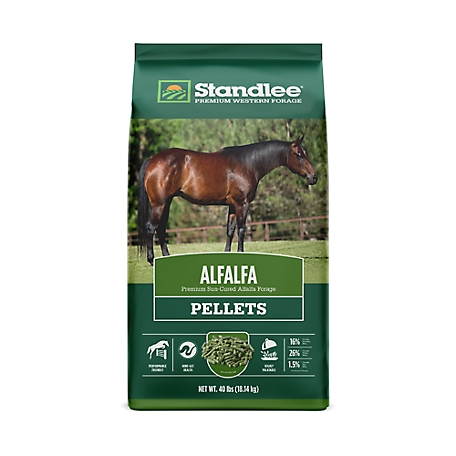


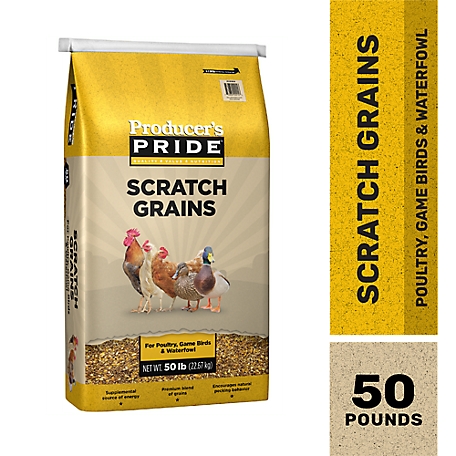
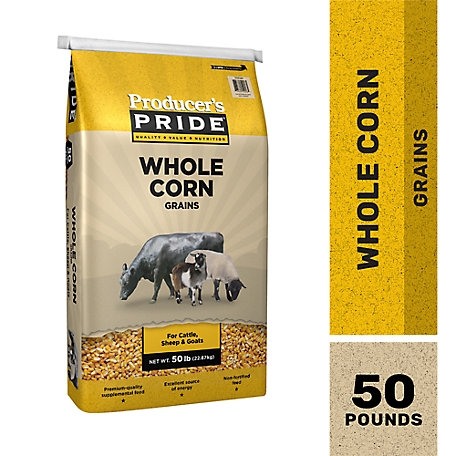
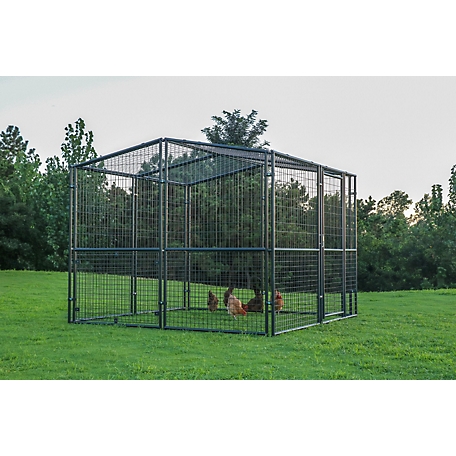

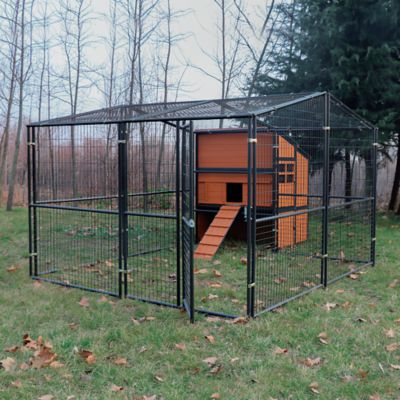
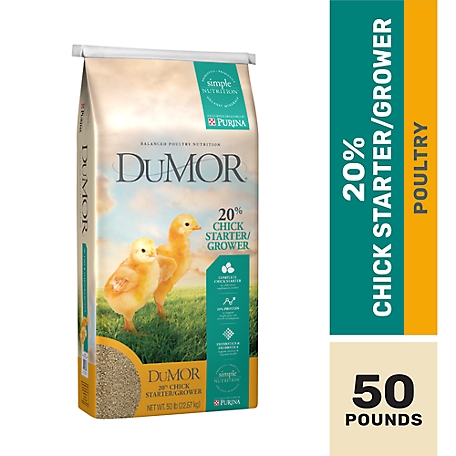
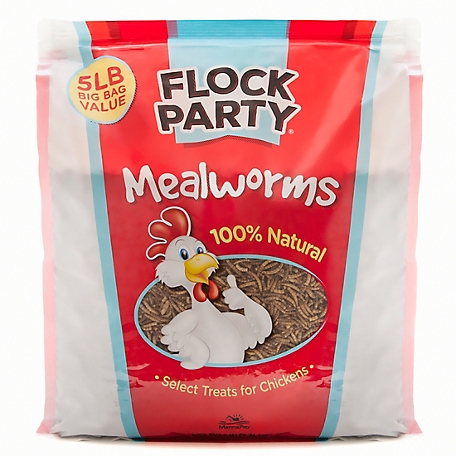
by Scountry
Great quality at a great price
by Bratt
I use this mixed in with my pig feed and they all seem to love it.
by Quincy
This product is a great addition to my feed program. Always consistent.
by Chris
Love this for my horses! They eat it up and I’ve seen a moderate change in their body conditions! Only cons I’d point out is the fact that the pellets are so dusty out of the bag and that here and their I’ve found twine in the pellets. They are a bit big and a choking hard so I soak and mix my pellets before giving them to my ponies!
by Louis
These alfalfa pellets are very good quality!